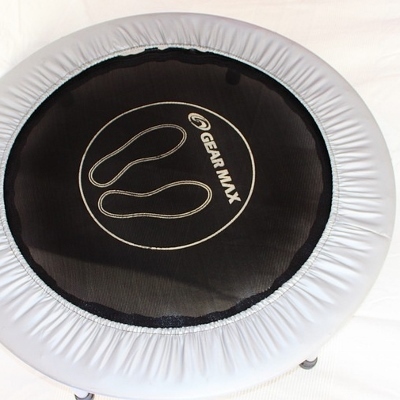 I cannot stress how important it is to do some research before you travel somewhere. I recently moved from sea level to close to 10,000 ft above sea level. I moved to a ski resort and had every intention of spending my first afternoon there on the slopes, until I was blindsided by AMS, acute mountain sickness.
I cannot stress how important it is to do some research before you travel somewhere. I recently moved from sea level to close to 10,000 ft above sea level. I moved to a ski resort and had every intention of spending my first afternoon there on the slopes, until I was blindsided by AMS, acute mountain sickness.
At high altitudes,  the atmospheric pressure is lower and the air is thinner than at ground level. That being said, less oxygen is getting to your bloodstream. Your body will get used to it, but it might take a few days. AMS affects different people in different ways, but it usually manifests itself within six to eight hours and the symptoms hang around for one or two days. However, if you are not in shape and your body has trouble adjusting to the low oxygen intake, you may have AMS for a week or more. The symptoms of AMS are similar to a hangover — headache, fatigue, lightheadedness, lack of appetite, nausea, and more. Some people have nosebleeds, insomnia, pins and needles, swelling, and more. AMS is very common, but you still have to be careful because you do do not want it to progress to become high altitude pulmonary edema (HAPE) or high altitude cerebral edema (HACE), which can be fatal.
If you know that you are going to complete a high altitude walk, it is important that you prepare yourself for the conditions. If you are like me and simply travel to a high altitude in a quick period time, you will definitely have to take more precautions than someone who can take their time and make stops along a hike. Ideally, you should not ascend more than 300 meters in a day and you should have one day of rest for every 1000 meters of ascent.
Before your trip, you should train your body as much as you can. Essentially, you need to increase your cardiovascular fitness so your body can efficiently use the available oxygen (or lack there of). Interval training is one of the best ways to train your body. Workouts in which you put your body through a high intensity workout and then give it a recovery time are great, because you teach your body how to operate off of low levels of oxygen. Â For example, people who do Insanity or P90X workouts well can probably recover from AMS quickly.
One way to train your body for your high altitude walk is to practice a “pause” step. This is a slow walking technique in which you take a quick pause at the top of every step that you take. This is a great skill to have if your high altitude walk has any inclines in it. I use this method when I walk up the five flights of stairs to my room, and trust me, it works a whole lot better than powering through!
Aside from being in good shape prior to starting your walk, you should also drink plenty of fluids. Your urine should be clear. Dehydration is common at high altitudes due to losing water vapor from the lungs, so before going on your trek, drink-up! Dehydration also causes headaches and other not-so-fun symptoms, so be prepared to drink a lot of water.
It is important to give yourself rest before starting your walk. Avoid intense physical activity for at least 24 hours and do not overexert yourself!





